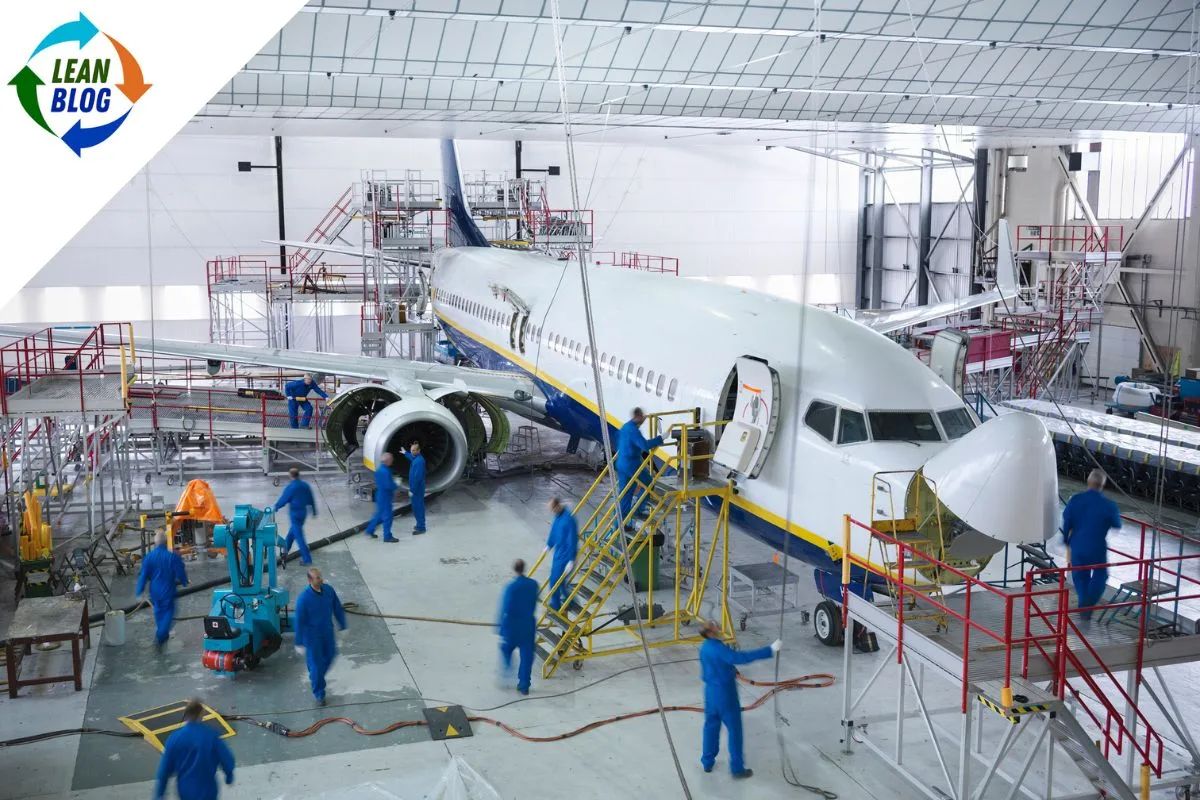Lean bloggers tend to be hard on the commercial airline industry. It's not unjustified considering how they've treated their own employees and their customers in recent years, and the lack of profitability that goes with that poor treatment. I suspect some of the criticism is due to the fact that so many bloggers are lean consultants stuck in airports during business travel.
An article showed up in the New York Times recently that makes me want to give the airlines a break, and a pat on the back for doing the right things, the right way, with the right results. It's a great story for those frustrated with the constant refrain that quality efforts so far have been “good enough.”
“Some of the improvement may be luck, as there is an element of randomness to crashes. But part of the explanation (for the recent reduction in crashes) certainly lies in the payoff from sustained efforts by American and many foreign airlines to identify and eliminate small problems that are common precursors to accidents.”
In recent years, there just haven't been that many airline accidents to learn from. The technology is robust. The disciplines of the business are strong, but that doesn't mean that you can't get better. It means that you have to work harder in order to get better. The article points out that it's not enough to chase new technology. Recent gains required statistical analysis of troubled flights and study of flights that didn't go wrong in order to anticipate problems.
One oft-cited example is a discovery in the last decade by US Airways (then US Air) that many of its planes approaching Charlotte Douglas International Airport in North Carolina were coming in “high and hot,” too fast and at a steep angle.
The US Airways discovery at Charlotte was something new because the airline did not demonstrate it after a crash or from pilot reports.
Convinced, the F.A.A. changed the approach procedure there, and the airport installed a system to guide planes at a proper angle.
Nearly all unstabilized approaches end with a safe landing, but a study … found that such approaches were a factor in two-thirds of 76 accidents and serious incidents worldwide during landing attempts from 1984 to 1997.
How often do we hear in our work: “Well, operator error can't be helped,” or “machines crash, tools break. You can't do anything about it.” But you can do something about it. A proper root cause analysis finds the contributing causes and puts in place corrective actions where possible. In this case, they made a change to improve and control a factor that they could have an effect on, knowing it would reduce the impact of other factors that couldn't be helped.
There will always be air crashes, and manufacturing first time yield will never equal one, but the gains made in diligent pursuit of these goals pay great dividends. Particularly to all those lean consultants about to board airplanes.
What do you think? Please scroll down (or click) to post a comment. Or please share the post with your thoughts on LinkedIn – and follow me or connect with me there.
Did you like this post? Make sure you don't miss a post or podcast — Subscribe to get notified about posts via email daily or weekly.
Check out my latest book, The Mistakes That Make Us: Cultivating a Culture of Learning and Innovation:









Its good the industry demonstrates some pro-active problem solving. I wish healthcare would do more of that. Did you see the news about how the TSA screeners do a horrible job of finding test bomb parts? Like over 60 pct failure rate!!!!
TSA clearly needs some help in this regard. Interestingly, (hat tip to Cafe’ Hayek), I believe its the San Francisco airport that has been working with a private contractor for security with the TSA acting in an audit function. They have a 20% failure rate.
Odd that the aircraft builders, maintainers, and operators can be private sector companies held to a high standard of continuous improvement while the government baggage screening agency, at least on the surface, isn’t being held to any standard at all.